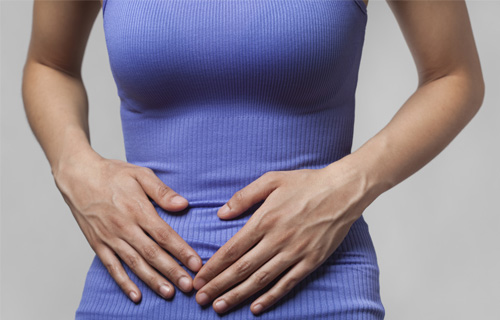
For most women, there is immense joy that they can bear children, but there can be some drawbacks that come with the female anatomy. Some of these are relatively minor inconveniences, while others can be quite serious. Among the most uncomfortable is chronic pelvic pain in women which can produce sharp pain, dull aches, or abdominal pressure, thus the importance of pain management for pelvic pain in women.
Chronic pelvic pain may have many causes including musculoskeletal disorders, endometriosis, chronic pelvic inflammatory disease, or irritable bowel syndrome. To properly diagnose the underlying condition, your physician may need to perform a physical examination, urinalysis, blood tests, pelvic ultrasounds, or even surgical exloration.
If there is a specific cause for the chronic pelvic pain, then your physician will attempt to treat that directly. If, however, the cause remains undefined, then it may require an interventional pain management treatment that addresses the pain symptoms. This may include one or more of the following:
- Pain medications: At least in the early stages of treatment, your doctor may recommend that you use over-the-counter pain relievers like aspirin, ibuprofen or acetaminophen to manage the pain. In rare cases, your physician may recommend a stronger prescription medication, but that carries some serious risks and more potent pharmacological compounds are unlikely to be more effective than OTC pain relievers. If you are prescribed opioid pain medications, expect to remain on them for only short periods of time unless there is a medical reason for extended use.
- Hormone therapies: If your pelvic pain is related to your menstrual cycle, then it may be necessary to administer an interventional pain management therapy that disrupts that cycle. There are many hormonal therapies that may be tried including testosterone (improves natural opioid function), melatonin (sleep enhancement), or birth control pills.
- Physical therapy: For some pelvic pain patients with muscle issues, physical therapy that is intended to relax, stretch or strengthen pelvic muscles has proven effective.
- Surgery: If the pain is caused by endometriosis or fibroids, it may be necessary to use a surgical procedure to remove the pain-causing growths. In some circumstances, it may be necessary to perform a hysterectomy in which the entire uterus is removed. In more extreme cases, the surgeon may destroy the nerves producing the painful sensations.
- Antidepressants: There is growing evidence that tricyclic antidepressants help relieve pelvic pain symptoms. Although these medications do improve the mood of depressed pelvic pain sufferers and help mitigate some of the physical discomfort, antidepressants have also been successful in patients without depression symptoms.
- Spinal cord stimulation: The implantation of an electrical device that disrupts pain signals to the brain has been effective for many chronic pelvic pain sufferers. The device is similar to a pacemaker and delivers a mild electrical current to the spinal cord that inhibits pain impulses.
- Psychotherapy: For many patients with coexisting conditions like depression, sexual abuse, or troubled marriage, counseling may help relieve some or all of the pain symptoms. Even some patients without these complications may benefit from cognitive behavior therapy or biofeedback which may help modulate some pain symptoms.
Article written by: Dr. Robert Moghim – CEO/Founder Colorado Pain Care
M.D. Disclaimer: The views expressed in this article are the personal views of Robert Moghim, M.D. and do not necessarily represent and are not intended to represent the views of the company or its employees.



